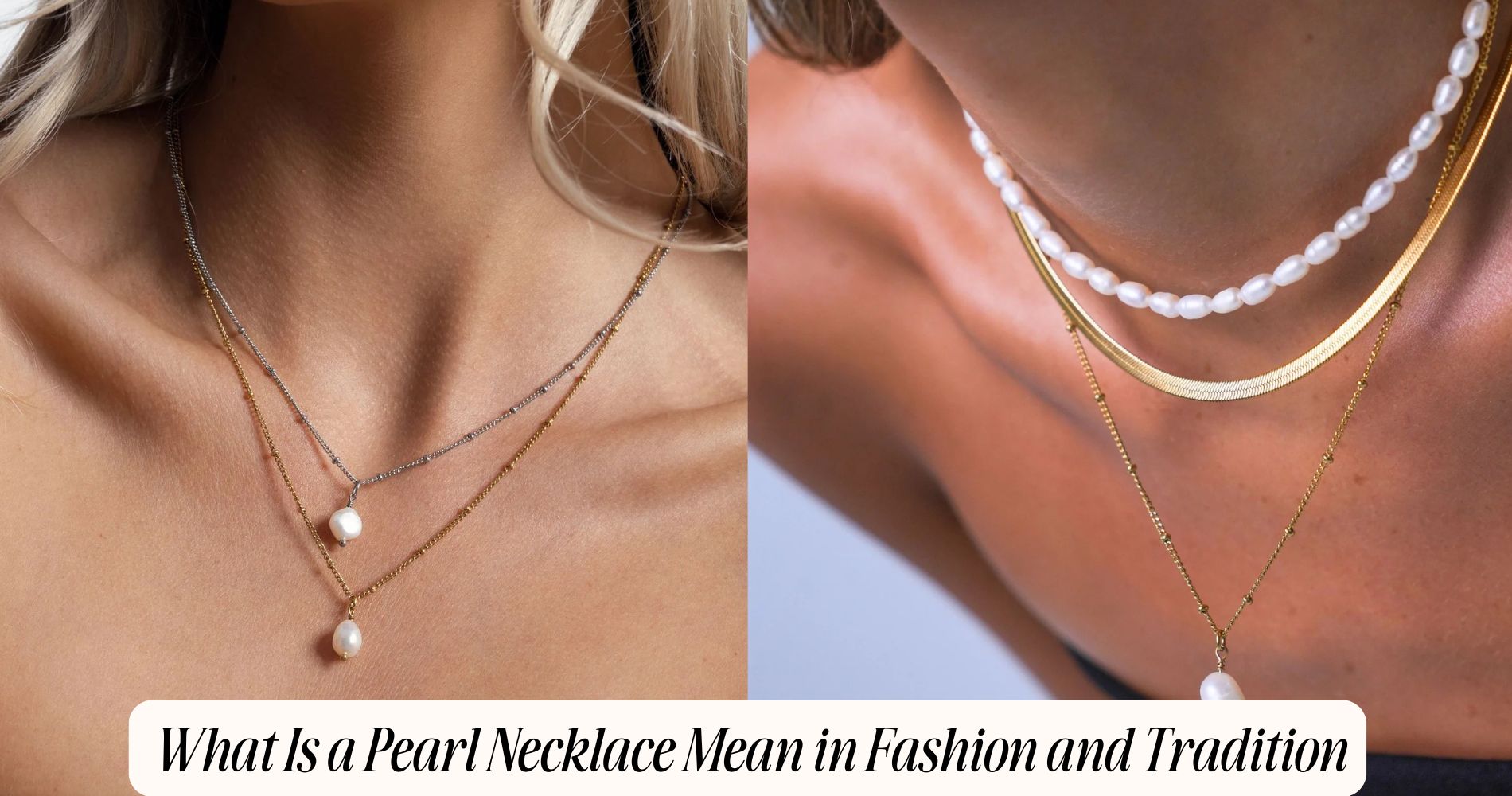
What Is a Pearl Necklace Mean in Fashion and Tradition
Ever wondered what is a pearl necklace mean in fashion and tradition? It’s long been a symbol of refinement shaped over millennia. Bronze Age trade carried pearls to empires; Romans fixed them as elite emblems through sumptuary laws. Medieval courts tied them to virtue, while Renaissance portraits broadcast dynastic polish. In Islam, pearls were linked to paradise, while South and East Asian lore cast them as auspicious and wise. Cultured pearls later democratized status without stripping its aura. Modern styles mix classic and baroque forms—there’s more to how they speak today. Discover timeless elegance with our Single Pearl Necklace collection.
Historical Roots of Pearl Adornment
Even before written history, people prized pearls as rare gifts of the sea, and by the Bronze Age you can trace their movement along early trade routes from the Persian Gulf and Indian Ocean to Mesopotamia and the Indus Valley.
You follow this early pearl trade as it links ancient civilizations through maritime and caravan networks, where divers, merchants, and artisans shaped techniques and tastes.
By the first millennium BCE, you see Persian and South Asian lapidaries refine drilling and stringing, turning raw finds into consistent adornment.
Hellenistic exchanges then carry pearls west, and Roman demand expands supply chains into the Red Sea.
In late antiquity and early medieval eras, you witness continuity: regulated markets, coastal collection sites, and codified craft knowledge sustaining adornment customs.
Social Status and Symbolism Through the Ages
Emblems of rank, pearls signaled hierarchy from antiquity onward, with laws and court etiquette policing who could wear them and how. You see their cultural significance codified in Roman sumptuary rules, where elite matrons displayed wealth and virtue through lustrous strands.
In medieval courts, you’d recognize pearls as markers of sanctity and privilege, adorning reliquaries and monarchs alike, reinforcing a rigid social hierarchy. By the Renaissance, patrons enlisted pearls to project dynastic legitimacy; portraits taught you to read purity and power in the same gleam.
Enlightenment salons softened the symbolism, yet you’d still associate pearls with refinement and inherited status. With industrial modernity and cultured pearls, access widened, but the necklace continued to signify accomplishment, ceremony, and discreet authority within evolving class systems.
Cultural Meanings Across Different Regions
As pearls traveled along ancient maritime and overland trade routes, their meanings diverged across regions while retaining a shared aura of rarity and virtue.
You can trace cultural symbolism chronologically: in early South Asia, texts linked pearls to purity and auspicious beginnings; in classical China, they signified wisdom and harmonious order.
As Islam spread across the Indian Ocean, pearls gained associations with paradise and moral refinement. In Southeast Asia, local myths cast them as gifts of water spirits, tying adornment to fertility and monsoon cycles.
Reaching the Mediterranean, regional variations emphasized protection and eloquence, with amulets and bridal customs expressing continuity.
In medieval Europe, church sumptuary rules framed pearls as markers of temperance.
Later, Atlantic trade broadened access, and you saw pearls reinterpreted as tokens of sentimental constancy.
Pearls in Royalty and High Society
Though pearls carried diverse meanings across cultures, courts consistently used them to project legitimacy, restraint, and wealth. You first see this in ancient empires, where rulers adopted luminous strands to signal divine favor and dynastic stability.
By the medieval period, sumptuary laws confined pearls to nobility, sharpening royal influence over dress and ceremony. In Renaissance courts, you’d read pearls as moral polish and political capital, showcased in portraits that fixed lineage and authority.
The Baroque and Georgian eras widened access yet kept hierarchy visible: larger, matched pearls marked proximity to power.
In the Victorian age, mourning etiquette and bridal sets folded pearls into codified aristocratic fashion, linking purity with duty.
Early twentieth‑century hostesses and debutantes then used pearls to telegraph pedigree, philanthropy, and impeccable public comportment.
Evolution From Classic to Contemporary Style
From courtly regalia to wardrobe mainstays, pearls moved from sanctioned symbols of rank to tools of personal style.
You first see them codified in sumptuary laws, their luster policing hierarchy. By the late 19th century, cultured pearls democratize access, and you adopt shorter strings for daytime propriety.
The 1920s bring fashion revolutions: flappers layer long ropes, turning restraint into movement. Mid-century icons streamline silhouettes; you wear a single strand to signal polish without opulence.
By the 1970s, designers splice pearls with leather and metals, loosening etiquette’s grip. Minimalist 1990s settings reduce scale and highlight nacre as design, not status.
Today’s modern interpretations remix baroque forms, unexpected clasps, and asymmetric spacing, letting you curate lineage and experiment simultaneously, honoring history while advancing style.
Gender, Identity, and the Modern Pearl
Even while pearls once marked rigid social rank, their role across gender has steadily widened, reframing who wears them and why.
You can trace this shift from early 20th‑century femininity, when etiquette fixed pearls to women’s propriety, to mid‑century subcultures that quietly disrupted that boundary.
By the late 20th century, designers placed pearls on menswear runways, turning ornament into argument.
In the 2000s, you watched celebrities and activists adopt pearls as tools of gender expression, recoding heritage into personal narrative.
Social media then accelerated this visibility, linking pearls to debates in identity politics and normalizing mixed styling across everyday contexts.
Today, when you choose pearls, you cite that history, signaling autonomy, coalition, and thoughtful dissent, as the necklace moves from symbol of conformity to instrument of self-definition.
Pearl Types, Colors, and What They Signify
While strands may look similar at a glance, the lineage of pearl types unfolds chronologically alongside cultivation and trade, shaping how colors accrue meaning.
You first meet natural Persian Gulf pearls, prized for luminous white—signals of purity in classical courts.
With Japanese cultivation (early 20th century), Akoya entered, standardizing roundness; their rosé and silver hues came to denote refinement and diplomacy.
Mid-century, South Sea pearls expanded pearl varieties: golden tones from Pinctada maxima aligned with prosperity and leadership.
Tahitian cultivation added black and peacock greens; such color meanings—mystery, sovereignty, protection—traveled with Pacific commerce.
Freshwater pearls, democratized by Chinese farms, diversified shapes and pastels, linking creativity and renewal.
Today, you read nacre thickness, overtone, and provenance together, interpreting status, virtue, and cultural memory.
Styling Pearls for Everyday and Formal Wear
How do pearls move from daylight errands to candlelit halls without losing their quiet authority? You start with restraint.
In the morning, you choose a short strand or petite studs, letting luster frame the face and signal everyday elegance. By midday, you layer a delicate chain beside the pearls, balancing texture with a crisp shirt or knit.
As afternoon turns to evening, you lengthen the line: a matinee or opera strand drops the gaze and prepares the silhouette.
At night, you refine proportions. You match pearl size to neckline—smaller for high collars, grander for open décolletage—so the rhythm stays coherent.
You coordinate metals to closures and shoes, then add one focal piece. That single decision converts continuity into formal flair without sacrificing subtlety.
Iconic Moments and Figures Who Shaped Pearl Trends
Before pearls became a wardrobe staple, rulers and screen sirens staged their ascent. You trace the lineage to Cleopatra and Roman elites, who used lustrous strands to signal dominion and wealth.
In the Renaissance, monarchs and merchants codified pearls as courtly currency. By the early 20th century, Coco Chanel democratized costume pearls, turning them into iconic jewelry for modern women.
You then meet Hollywood pearl influencers: Louise Brooks’s flapper strands, then Audrey Hepburn’s Breakfast at Tiffany’s choker, which fixed pearls to urban elegance.
Postwar, First Lady Jackie Kennedy’s triple strand defined American polish. In Japan, Kokichi Mikimoto industrialized cultured pearls, widening access.
Caring for Pearls and Preserving Their Legacy
Because pearls are organic gems with a finite lifespan, caring for them becomes part conservation, part continuity of culture.
You begin with daily pearl maintenance: wipe strands after wear to remove skin oils, cosmetics, and perspiration that dull nacre. Next, schedule periodic restringing—every one to two years if worn often—to prevent breakage and maintain even spacing.
You then formalize pearl storage: keep necklaces flat, in soft pouches or lined boxes, away from hard gemstones, extremes of heat, and desiccation; pearls need ambient humidity to resist cracking.
Over decades, you avoid ultrasonic cleaners and harsh solvents, choosing mild soap and water instead. Record provenance, appraisals, and repairs to preserve lineage.
When gifting or bequeathing, pass along care protocols, ensuring style and story endure together.
Frequently Asked Questions
Are Pearl Necklaces Considered Appropriate for Workplace Dress Codes Today?
Yes, you can wear pearl necklaces in most workplace dress codes. Historically formal, they evolved into workplace fashion staples. Today, their pearl versatility complements business casual first, then formal settings, provided you choose understated lengths and simple designs.
How Do Ethical Sourcing and Sustainability Affect Pearl Necklace Choices?
Ethical sourcing and sustainability reshape your pearl choices: you prioritize ethical pearls, then trace supply-chain transparency, eco-friendly farming, fair labor, certifications, and lifecycle impacts. Over time, you align purchases with sustainable fashion, favoring traceable aquaculture and repairable heirloom designs over opaque, environmentally harmful options.
Can People With Metal Allergies Wear Pearl Necklaces Safely?
Yes, you can, because pearls themselves are non-metal. First, choose allergy friendly options: solid gold, platinum, or titanium clasps, or silk stringing. Then practice pearl care: avoid moisture, perfumes, and clean gently, ensuring long-term, comfortable wear.
Conclusion
Tracing pearls from ancient rites to modern runways, you see how they’ve signified purity, power, taste, and reinvention. You move from royal regalia and social codes to global meanings and contemporary versatility, reading each lustered bead as history made wearable. As you choose type, color, and styling—day to gala—you’re curating tradition while adapting it. Care for them properly, and you don’t just preserve a gem; you carry forward centuries of status, symbolism, and evolving fashion intelligence.


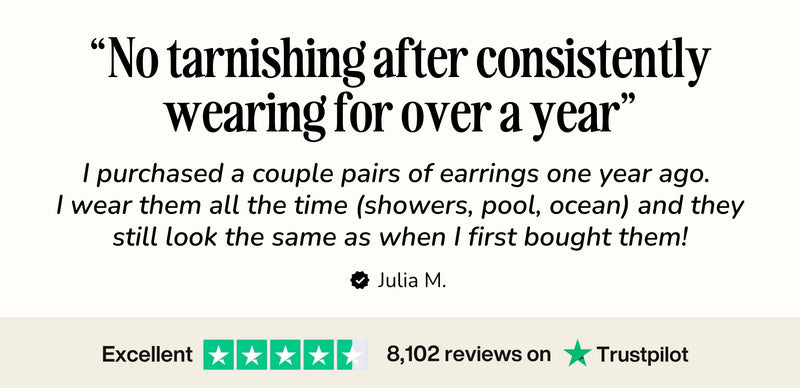




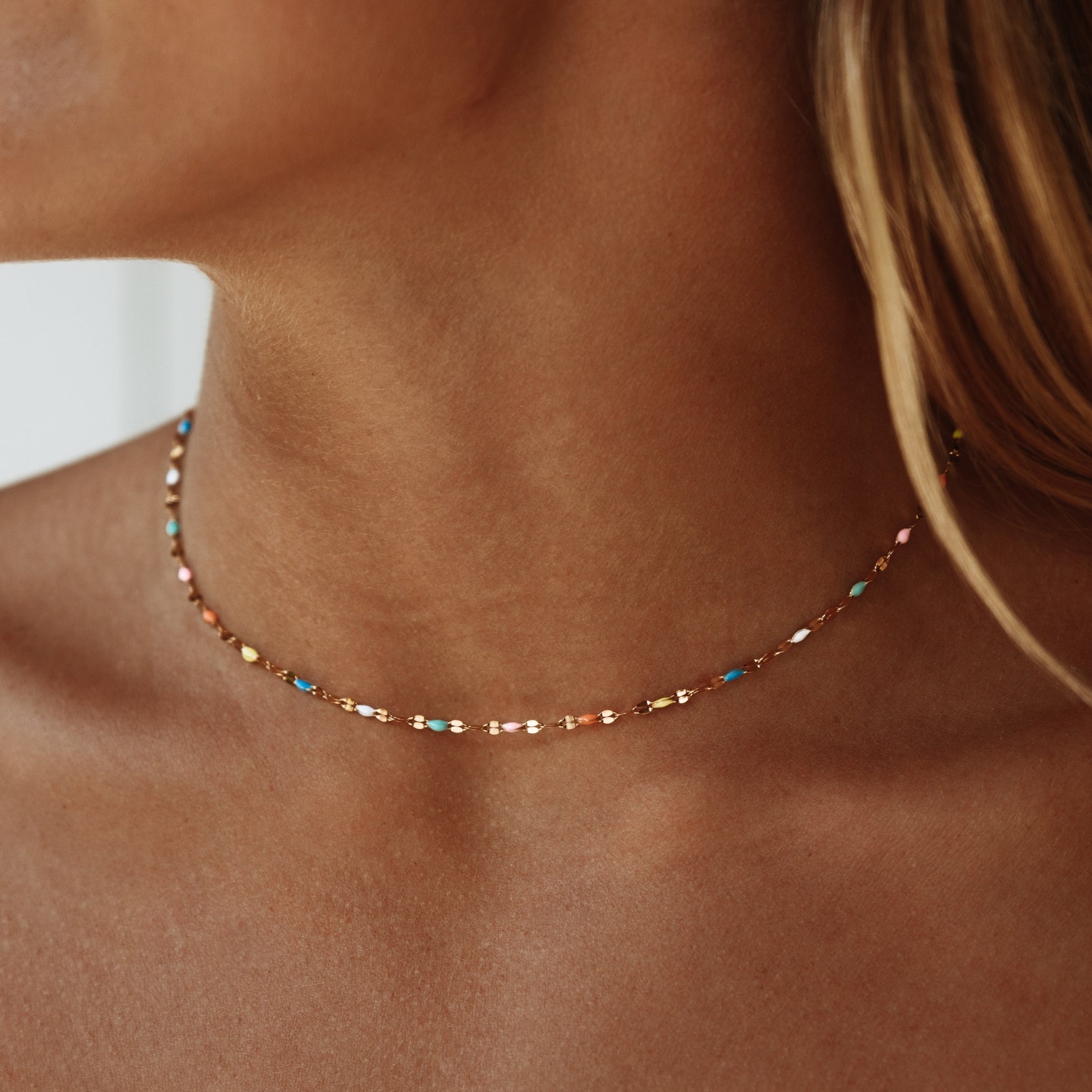
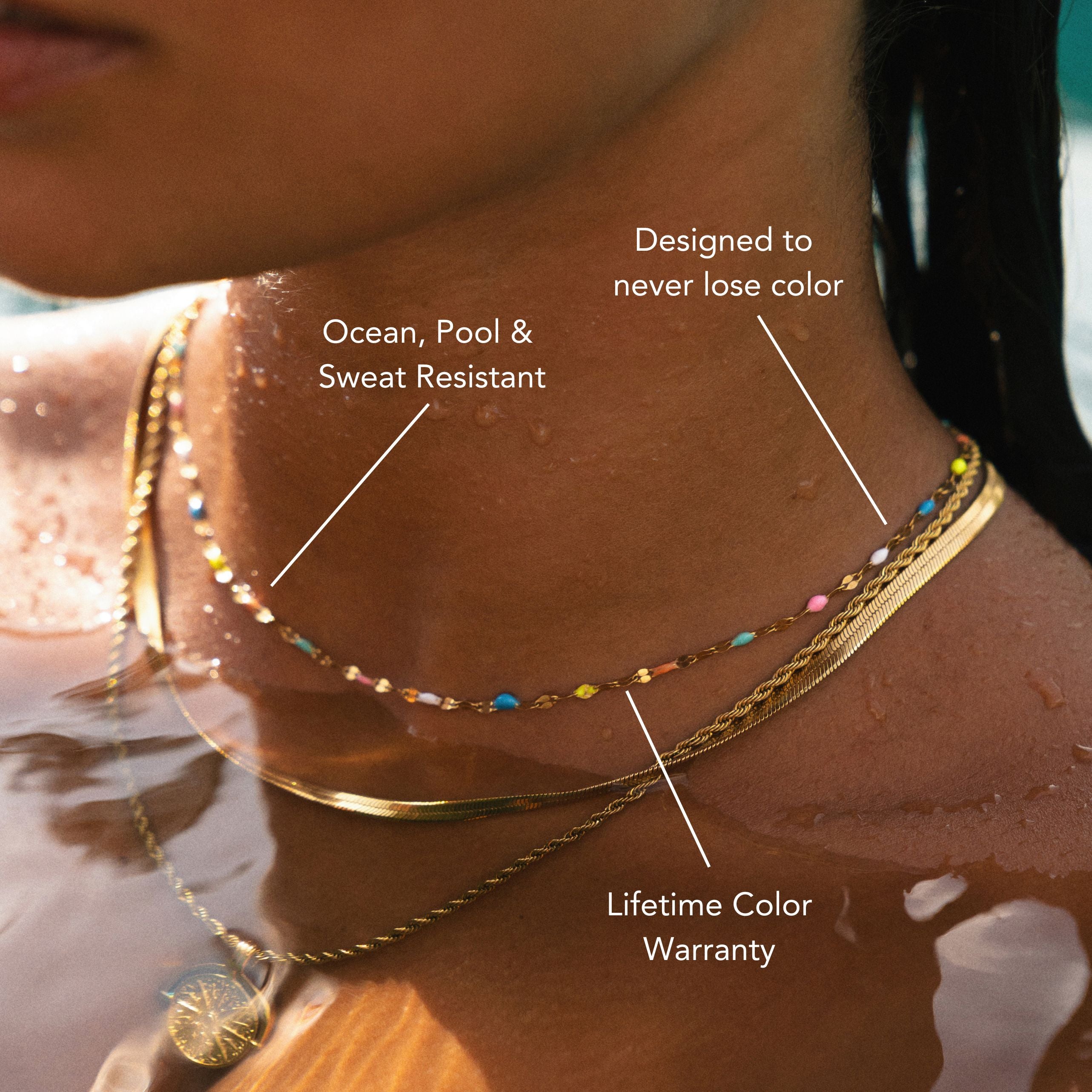
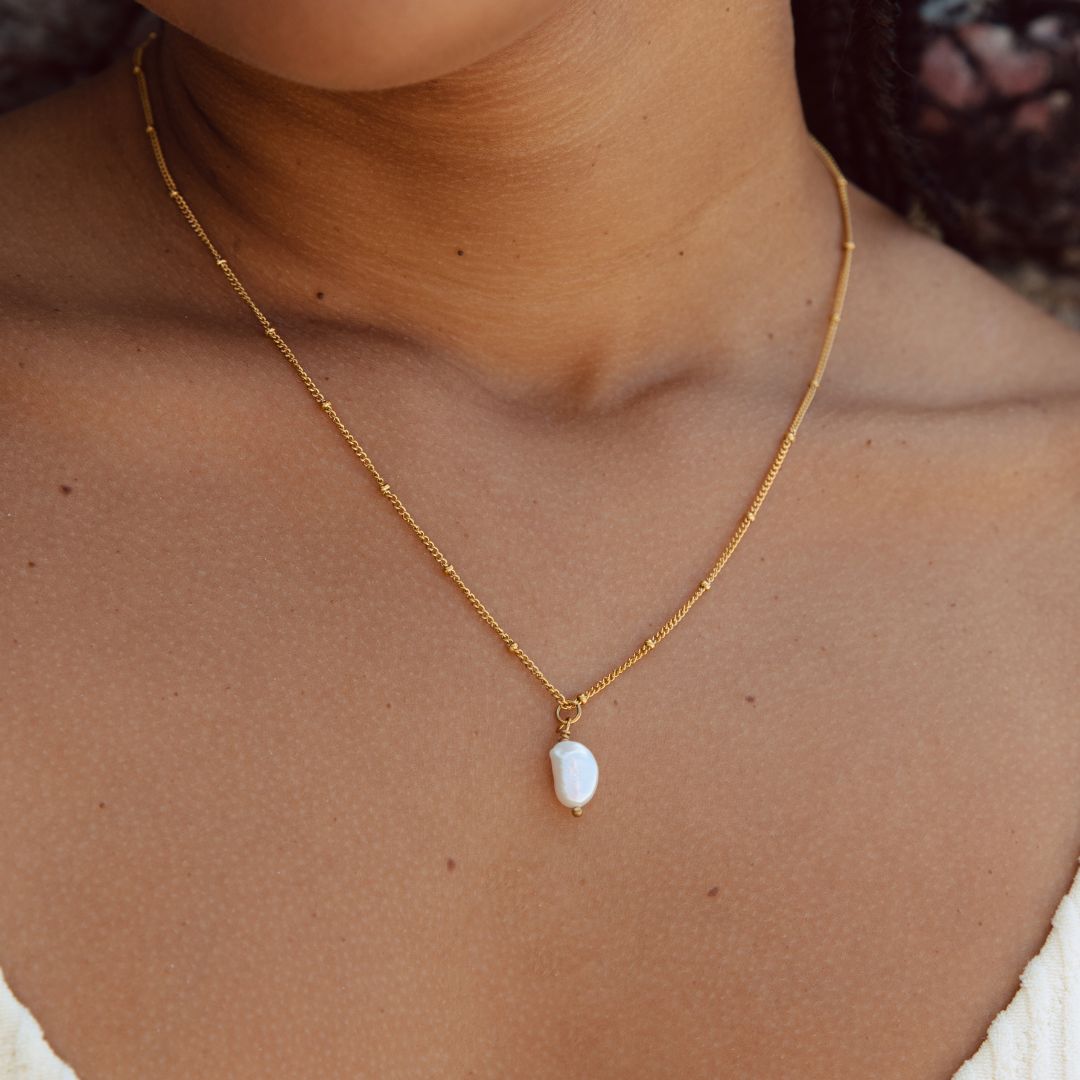
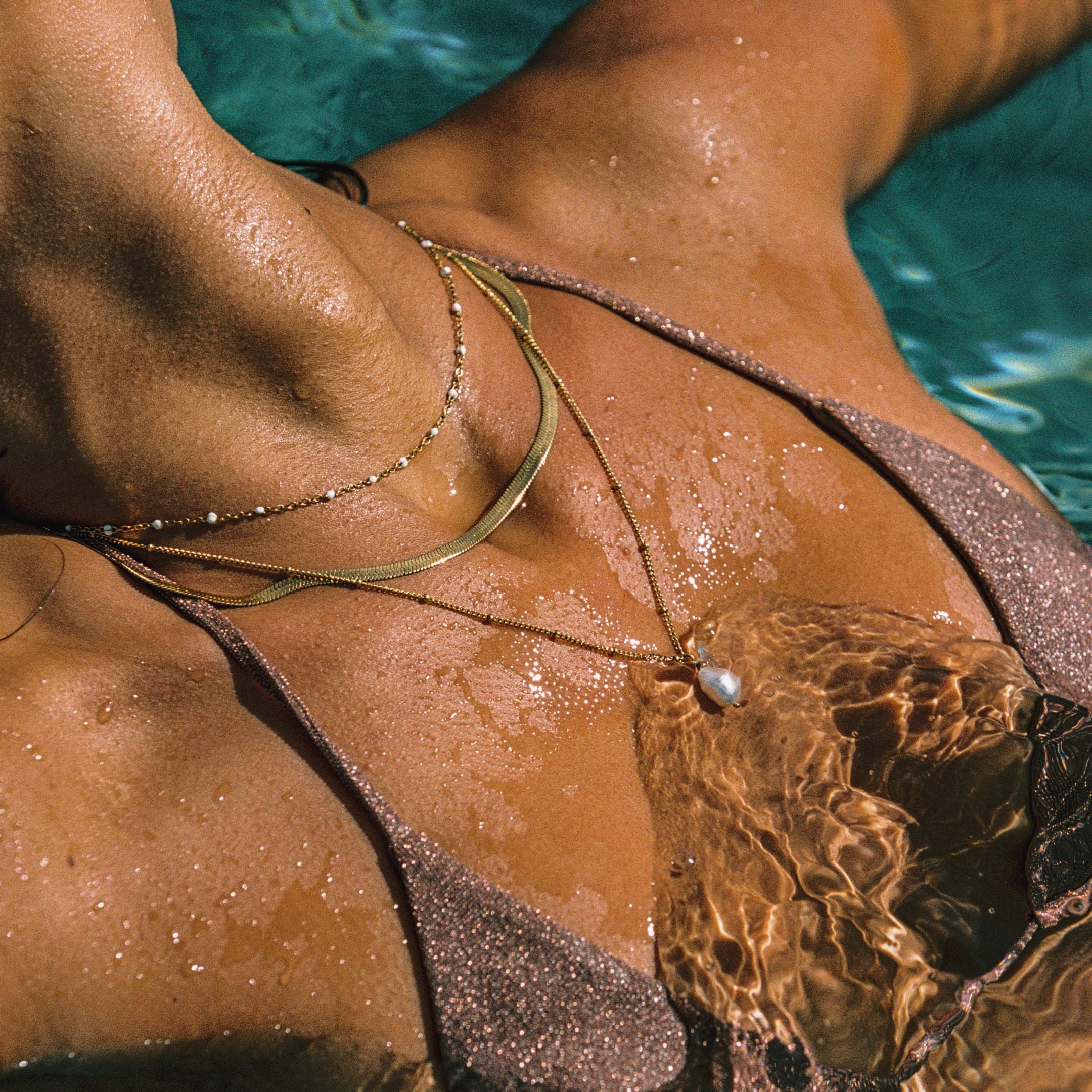
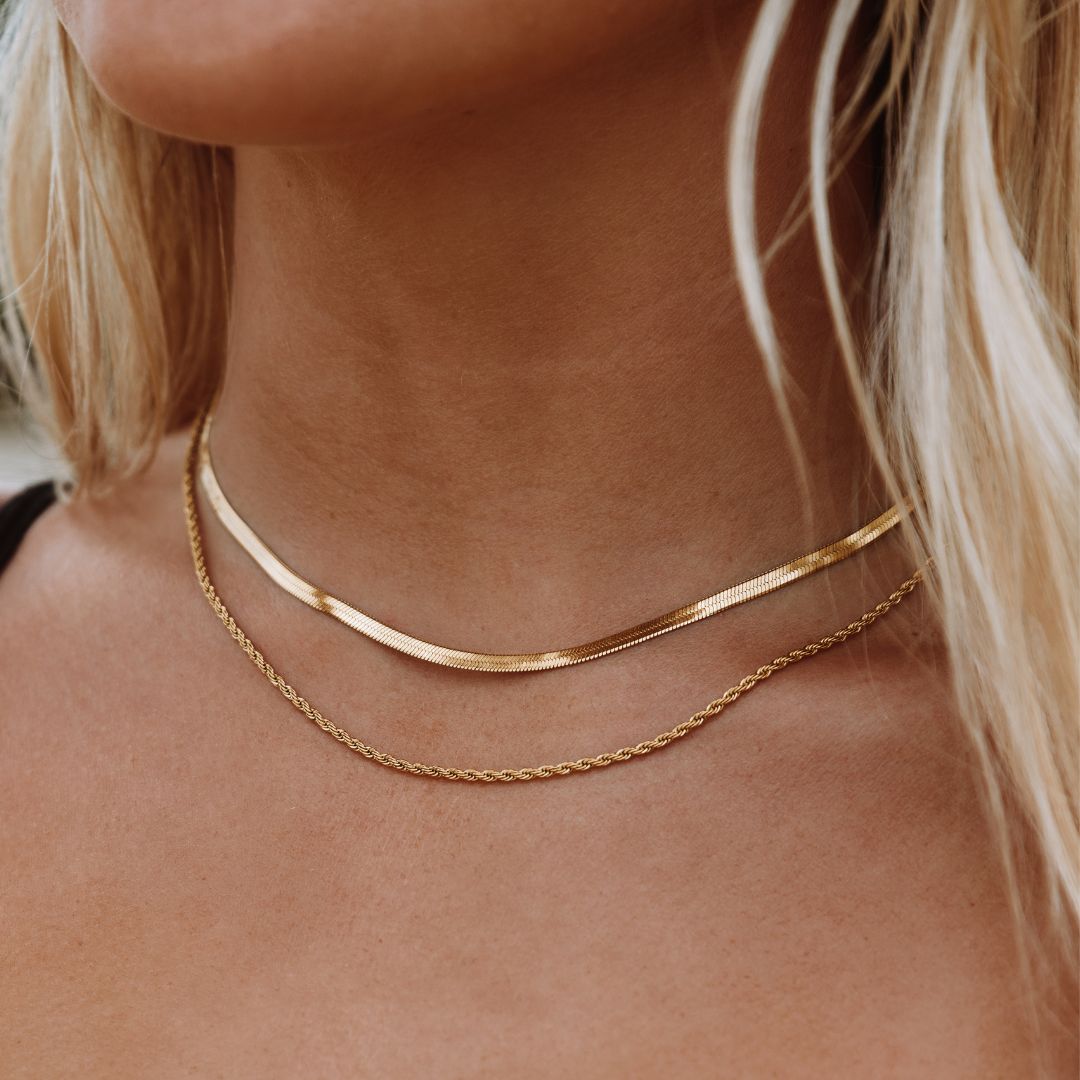
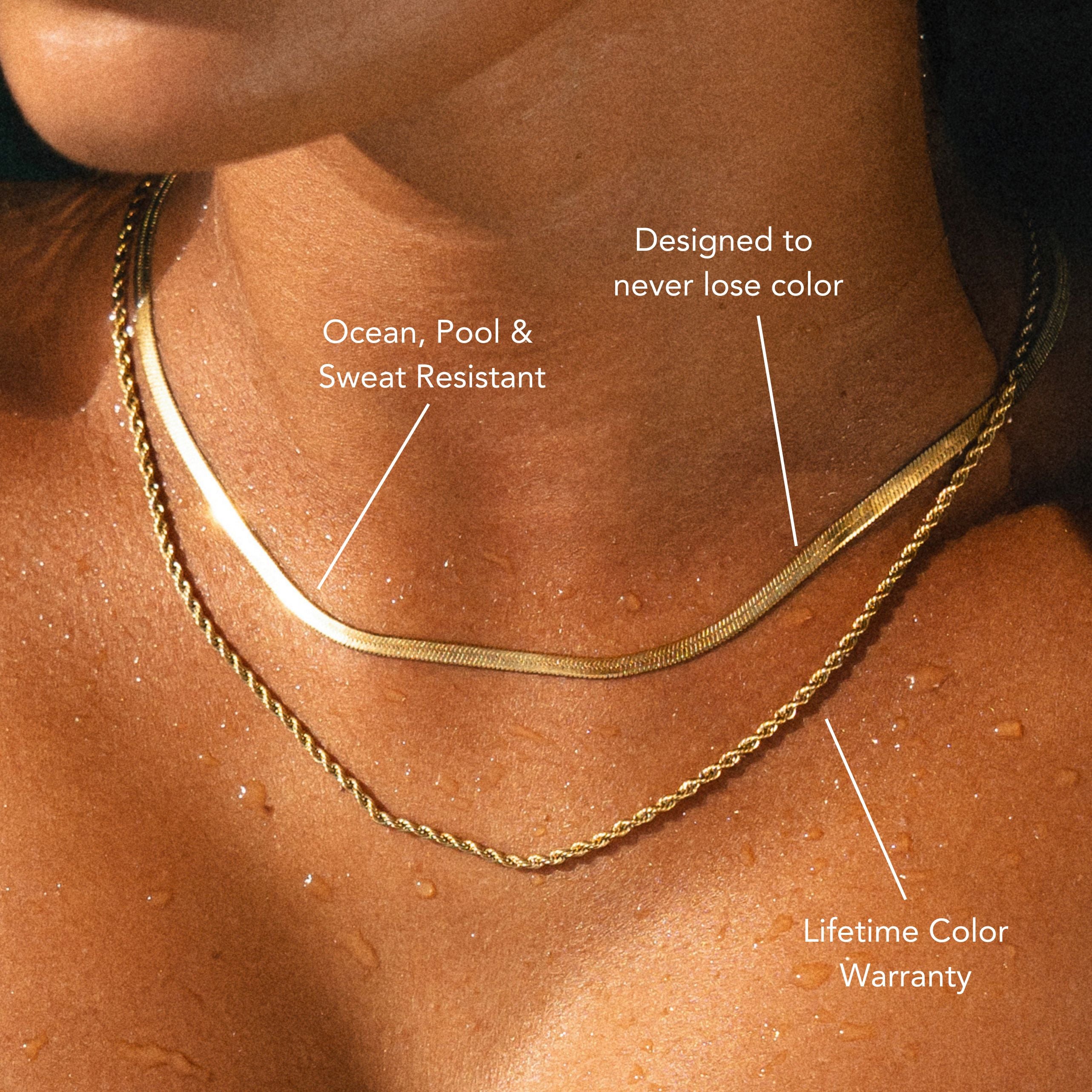
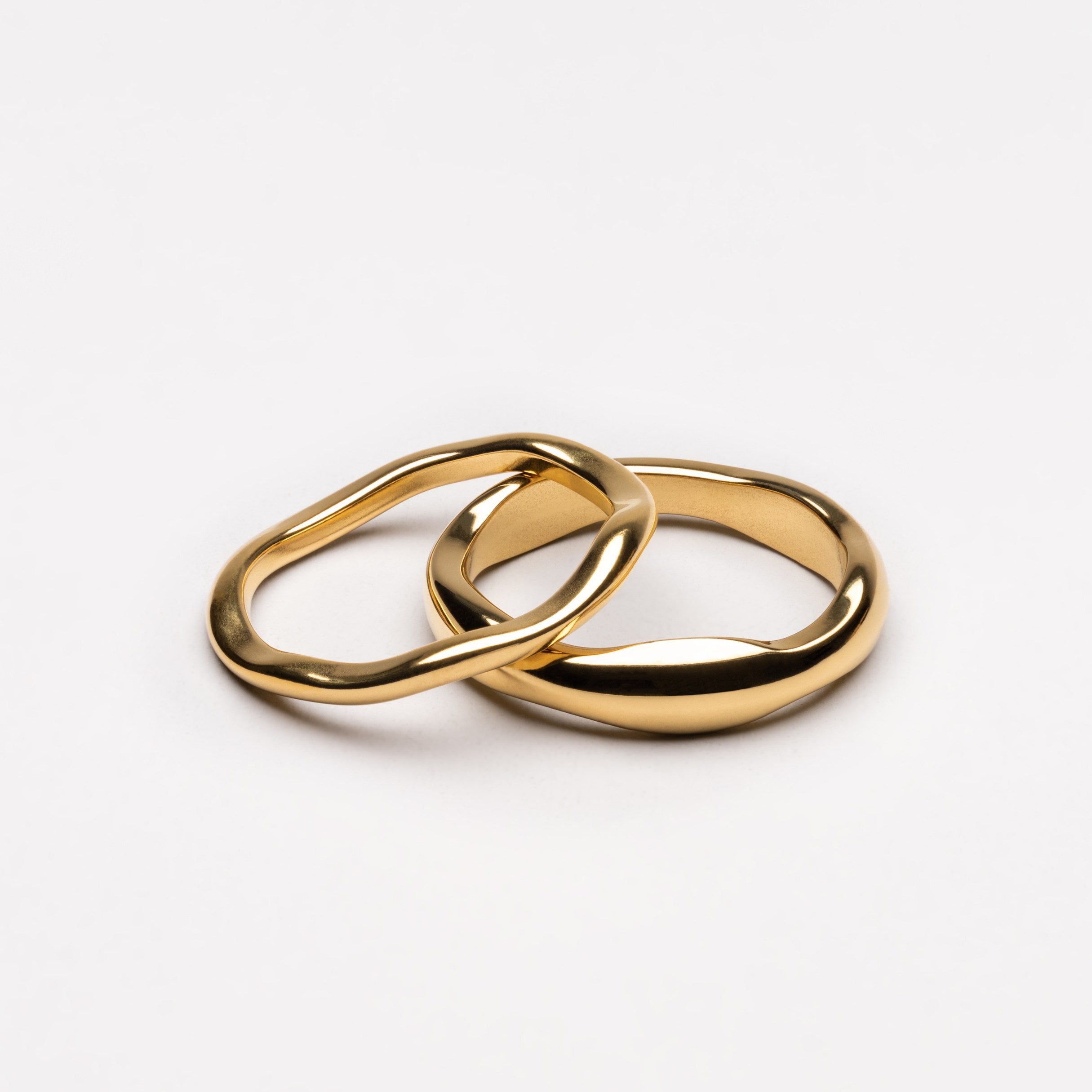
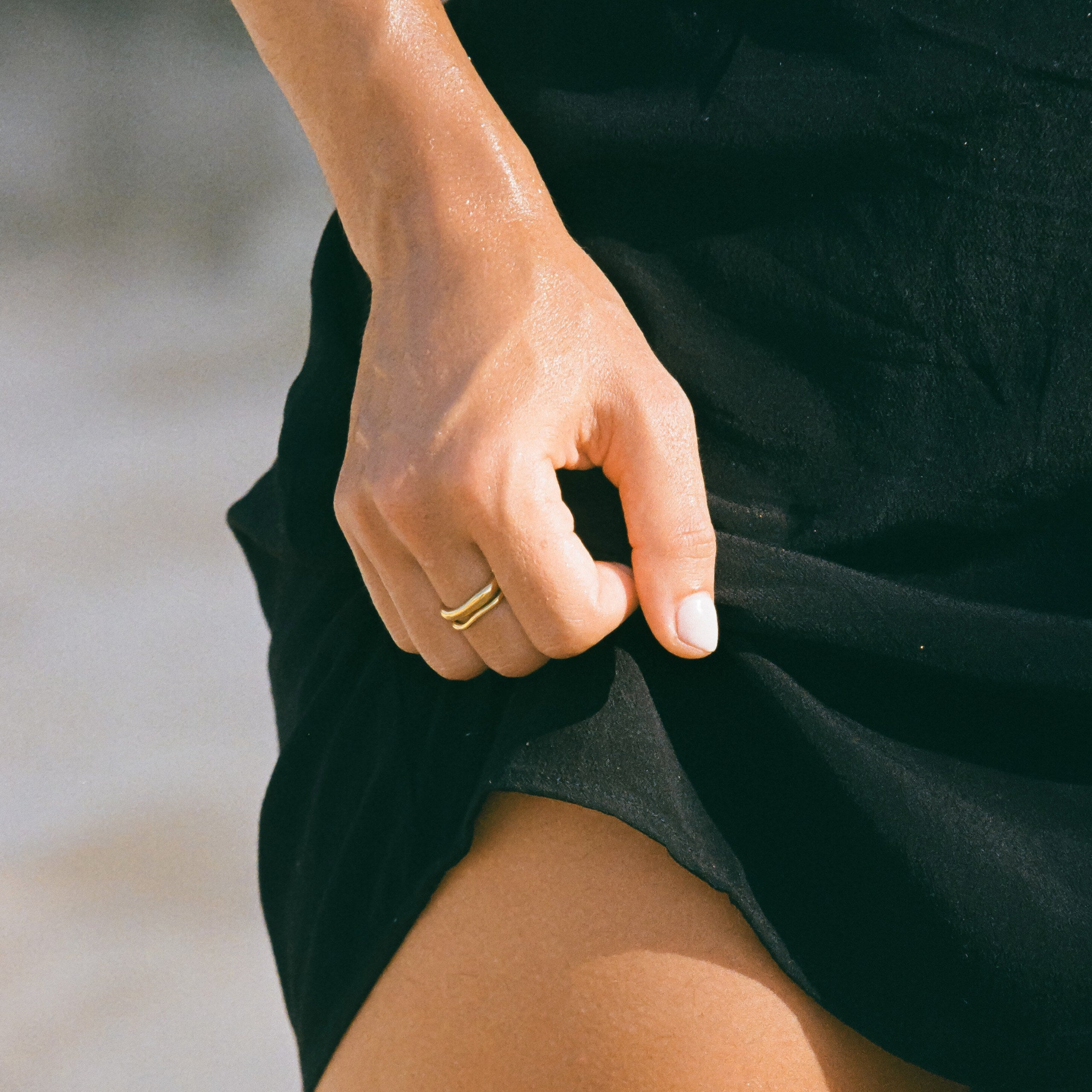
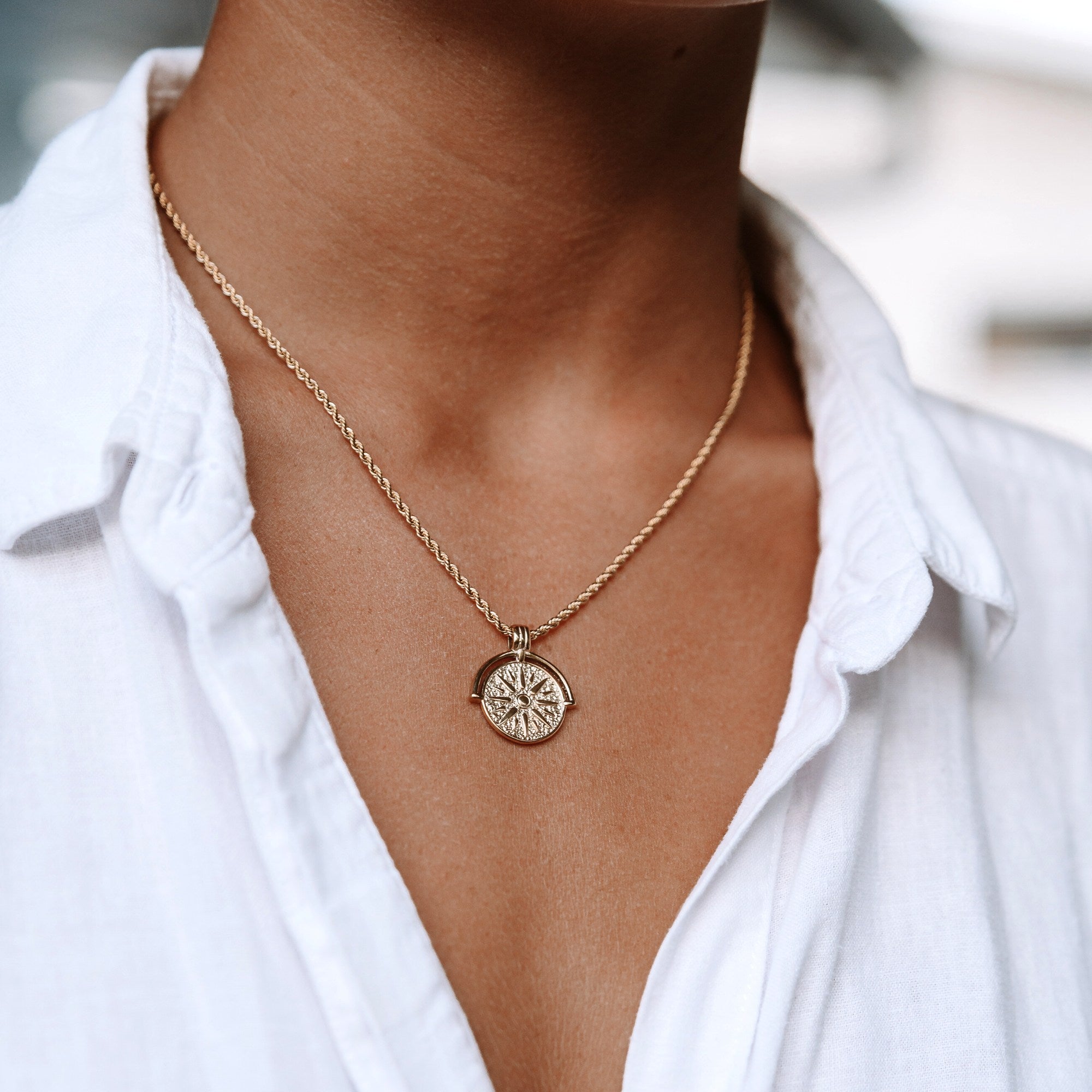
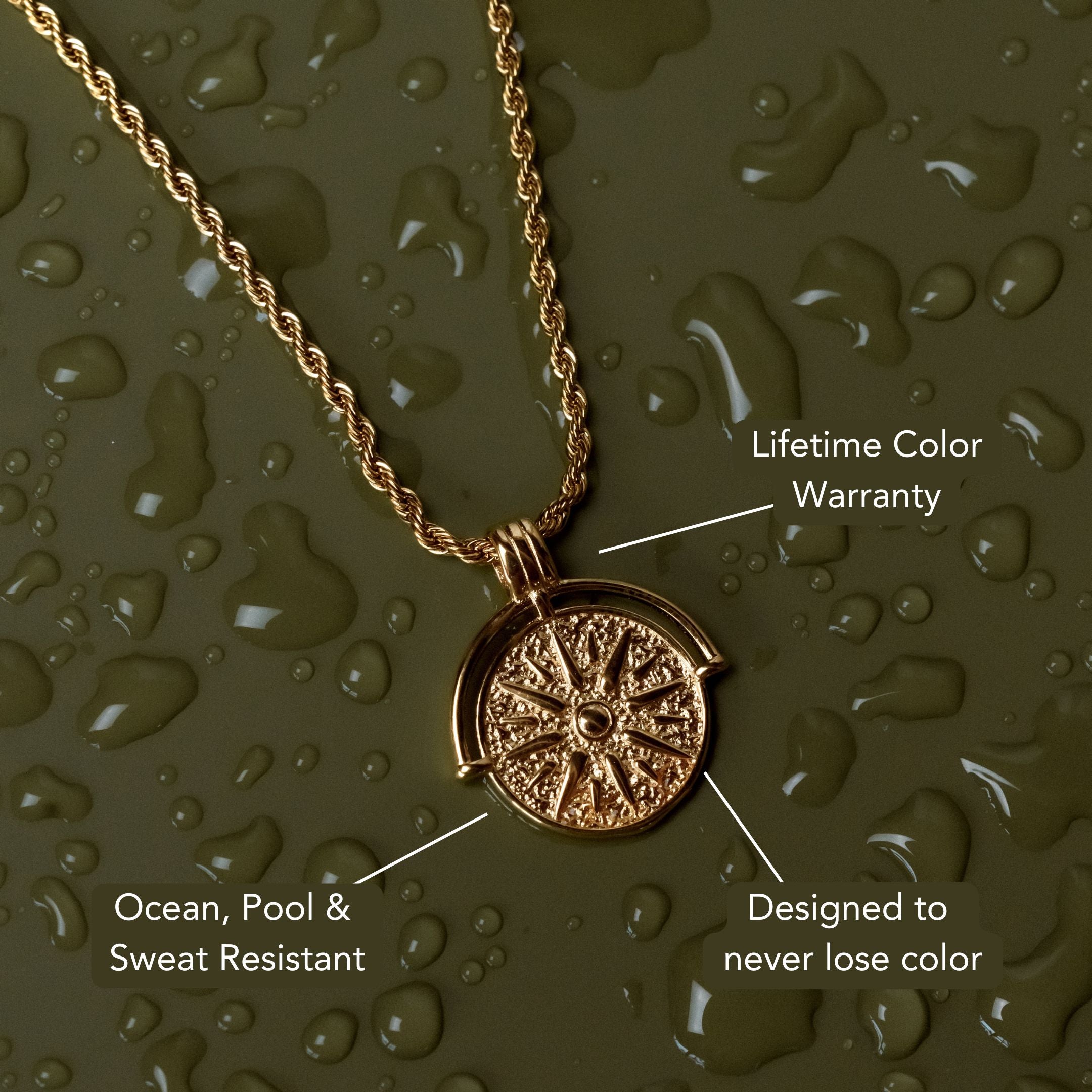
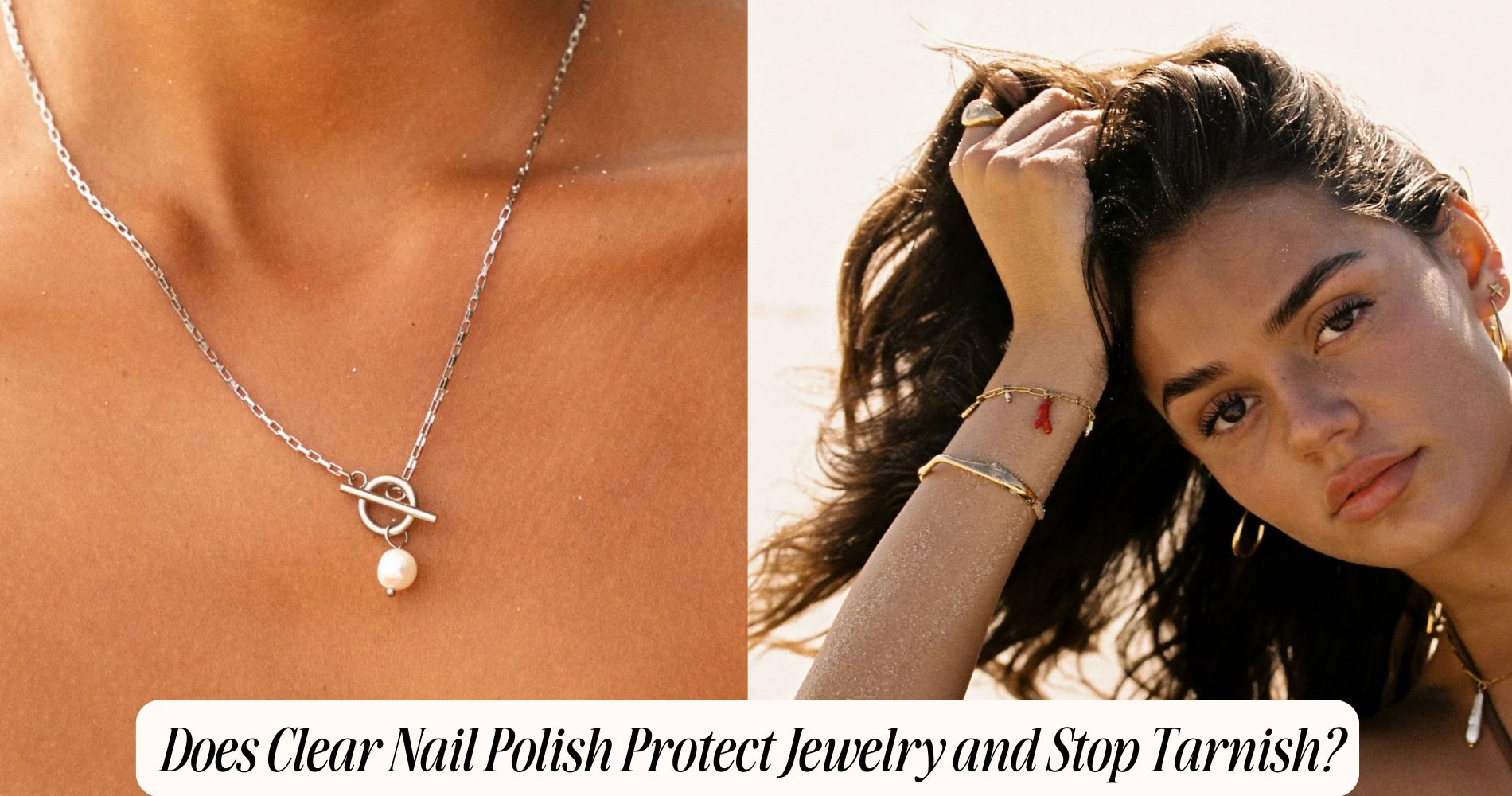
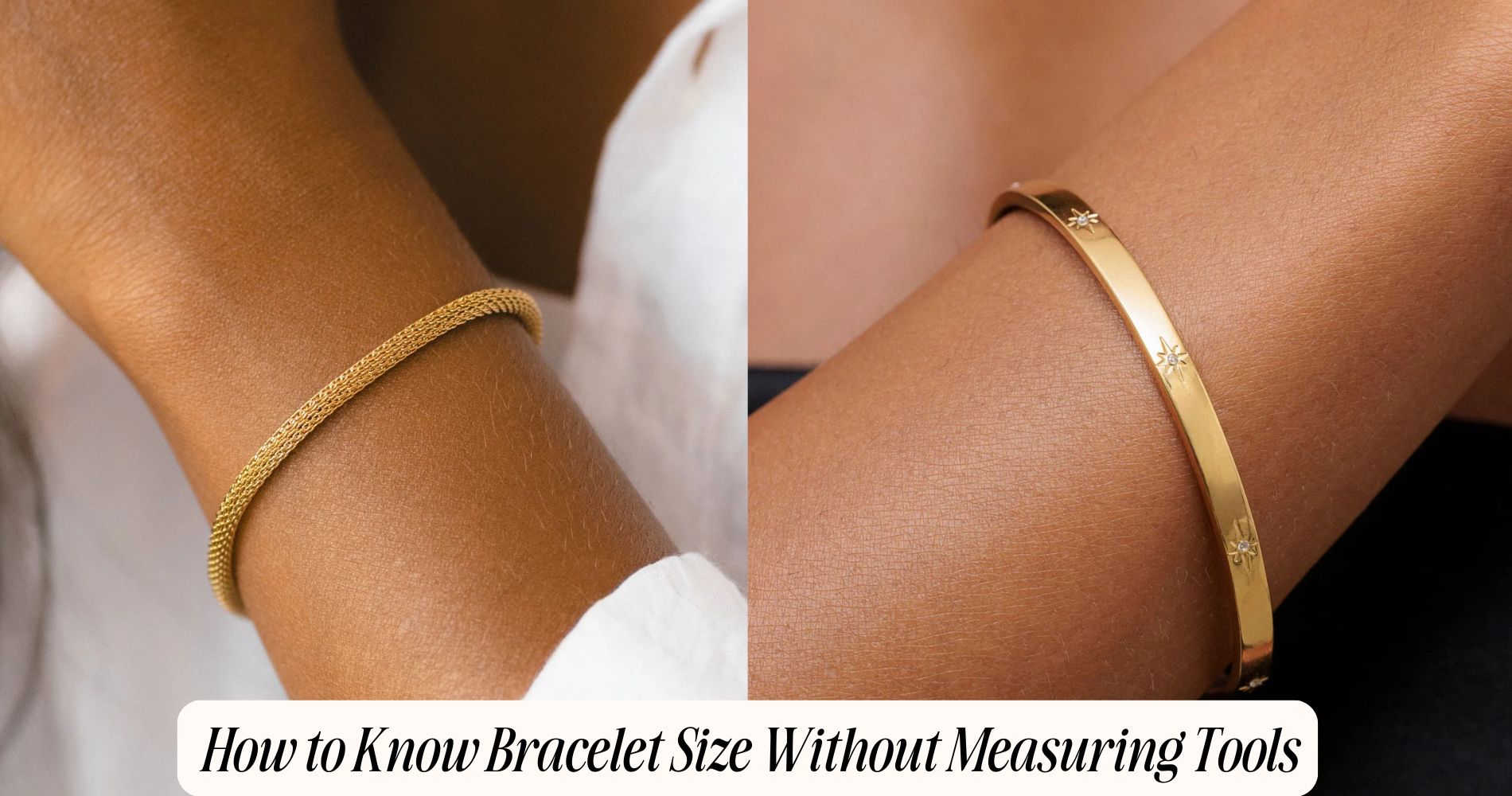




Leave a comment
This site is protected by hCaptcha and the hCaptcha Privacy Policy and Terms of Service apply.